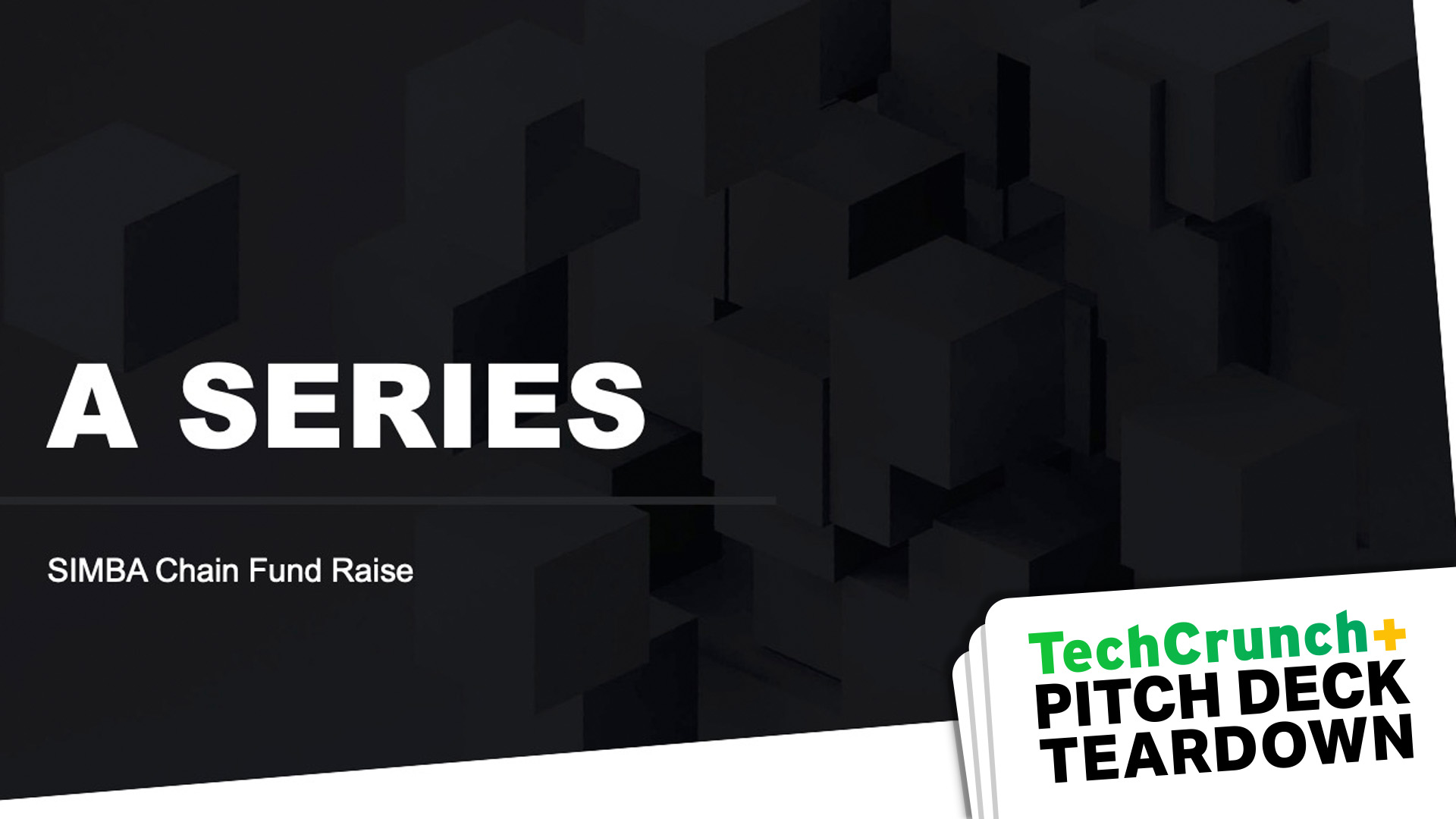If you want to break even, go APE.
Cloud companies generally rely on efficiency metrics like CAC payback and LTV-to-CAC, but “they feel more like financial metrics than operational ones, and it is difficult for employees to execute against these concepts,” according to Neeraj Agrawal, Brandon Gleklen and Jack Mattei of Battery Ventures.
Using data from Capital IQ and Battery’s research, this post contains key benchmarks for public companies and privately held SaaS businesses, along with recommended targets for companies with different ARR ranges.
“APE is an extremely simple metric we think could serve as your north star as you navigate these volatile times.”
Full TechCrunch+ articles are only available to members
Use discount code TCPLUSROUNDUP to save 20% off a one- or two-year subscription
This metric is not a panacea: APE varies by geographic region and other benchmarks, such as gross margin or a company’s forecasted growth rate.
“Getting to a higher APE earlier in the maturity cycle is likely a net positive,” they write. “Overall, we believe a goal of getting to $200,000 would serve most mid-stage/late-stage growth companies well.”
Take note, this is not a one metric to rule them all piece of thought leadership.
As Gleklen quipped on Twitter, “thou shalt only write about a metric in a blog post if you’ve discussed it with multiple management teams and you get consistent feedback that it is valuable.”
Thanks very much for reading,
Walter Thompson
Editorial Manager, TechCrunch+
@yourprotagonist
The secret to doing great reference checks for potential hires

Image Credits: Iryna Veklich (opens in a new window) / Getty Images
I’ve hired enough people to understand that cognitive dissonance and confirmation bias is endemic when it’s time to check a candidate’s references.
Teams are predisposed to hire candidates who’ve made it through multiple interview rounds, but checking references shouldn’t be a pro forma exercise.
Haje Jan Kamps shares six questions he asks during reference calls that will “get a good conversation going,” along with some tips about what to listen for.
Learning from my failures: Lessons from a 2-time founder

Image Credits: Sergei Chuyko (opens in a new window) / Getty Images
All schadenfreude aside: learning from our own mistakes is useful, but learning from someone else’s is optimal.
Squadhelp CEO and founder Darpan Munjal shut down his previous company, a fashion e-commerce venture, after four years of “solid growth.” In hindsight, he says early-stage funding created a false sense of security.
“It wasn’t easy to close the shutters on a business I really believed in. But I knew I could start again if I was willing to learn from my mistakes and apply those lessons smartly.”
4 principles private capital firms should leverage to win the talent race

Image Credits: designer491 (opens in a new window) / Getty Images
My startup experience focused on operations, so the world of venture capital is still a black box to me in many ways.
I was surprised to learn that the private markets are so expansive: according to one estimate, alternative assets under management have a compound annual growth rate of 9.8%, much higher than inflation or GDP. By 2025, the AUM pool will contain more than $17 trillion.
It’s not easy to retain people in private capital: new associates must wait years before they can earn carried interest, and a notoriously opaque compensation system does not foster loyalty.
“Between salary, bonus, vesting, carried interest and management-company ownership, it can be nearly impossible for employees to know where they stand financially,” says Richard Change, co-founder and managing partner of PFA Solutions.
Pitch Deck Teardown: Simba Chain’s $25M Series A deck

Image Credits: Simba Chain (opens in a new window)
Although TechCrunch did not cover blockchain startup Simba Chain’s $25 million Series A, the company still shared its winning presentation with TC+.
“My disdain for blockchain tech will almost certainly show through in this teardown,” writes Haje Jan Kamps, who says the 19-slide deck “is incredibly impressive and covers a lot of ground.”
In a down market, good messaging isn’t enough for managing international teams

Image Credits: mikroman6 (opens in a new window) / Getty Images
Talent is distributed around the globe, which means startups that don’t respect cultural differences are setting themselves up for failure.
Now that many companies are in cost-cutting mode, it’s critical to follow local laws and social norms when it comes to laying off employees, according to John S. Kim, CEO of Sendbird.
After exiting two startups with international teams, he’s written a TC+ guest post to help founders communicate with workers during turbulent times.
“Not only does a company have a responsibility to keep employees informed about what’s going on, they must do it in a way that will best resonate with their respective audiences.”
Dear Sophie: What should we know about the H-1B lottery before we hire STEM OPTs?

Image Credits: Bryce Durbin/TechCrunch
Dear Sophie,
What do I and my founding team at our early-stage startup need to be aware of so we can be on track for the next H-1B lottery for the STEM OPT candidates we’re hiring?
— Strong Strategizer
Credit: Source link


Comments are closed.